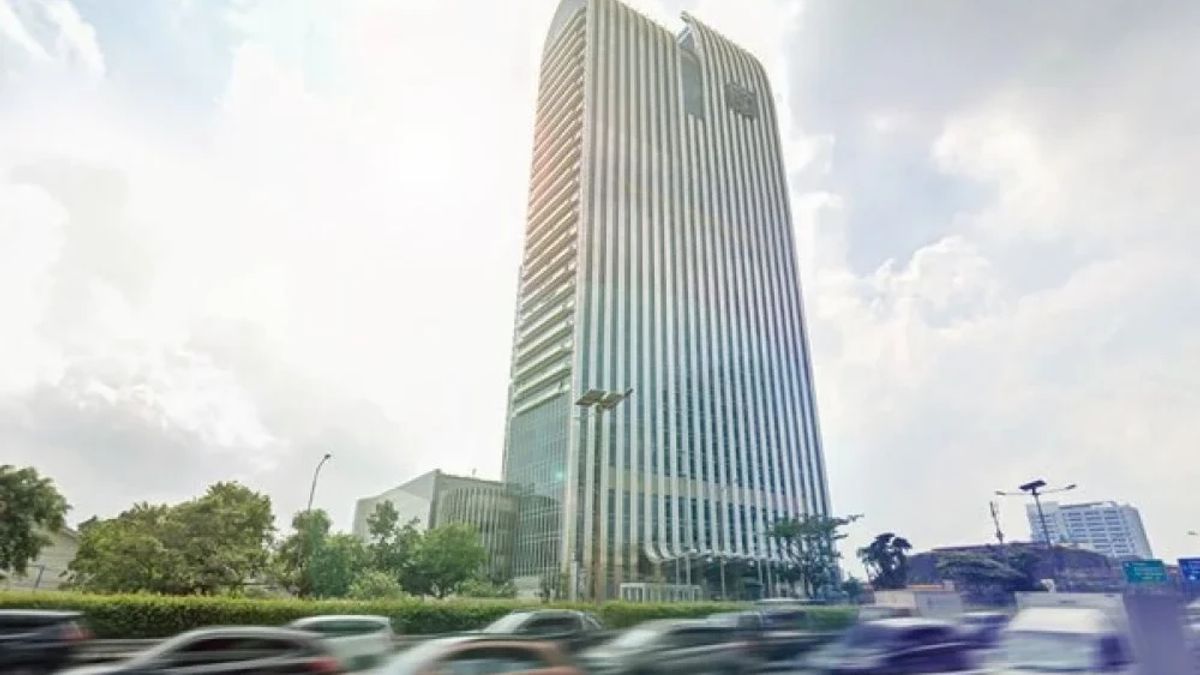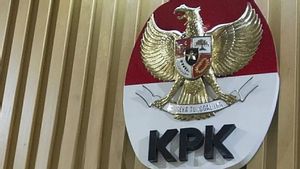JAKARTA - PT Bank Rakyat Indonesia (Persero) Tbk. or BRI continues to distribute People's Business Credit (KUR) to the third quarter of 2023. BRI's new KUR debtor has grown beyond the target set by the Government, so that the substance of KUR distribution has been achieved, namely encouraging MSME players to advance to class.
BRI Micro Business Director Supari explained that the debtor who received the new KUR distributed by BRI was also recorded to be higher than the target set by the government. As of September 2023, it was recorded that the new KUR debtor had reached 105.82 percent of the full year 2023 target.
"There have reached 1.44 million new KUR debtors by the third quarter of 2023. Meanwhile, the target of the new KUR debtor in 2023 is 1.36 million debtors. The policy of distributing KUR in 2023 also has the substance of the graduates or MSMEs to advance to a clear class for the independence of business actors," Supari said in his official statement on Sunday, November 19.
In the period January to September 2023, BRI has succeeded in upgrading business actors to 2.3 million debtors. In detail, around 351,000 business actors rose class from Super Micro KUR to Micro KUR. Micro KUR to Small KUR reached 1.9 million debtors, and Small KUR to Commercial Credit was around 13,000 debtors.
Supari said that in distributing subsidized loans, BRI always adheres to the principle of prudence and the principle of prudential banking. This is because KUR is not a grant or assistance from the government.
Meanwhile, KUR is a credit, where the funds disbursed 100 percent come from bank funds or are sourced from community funds.
"So that the distribution of KUR must be accountable, and the quality of credit must be maintained," he said.
On the other hand, this year there is a decrease in the target of KUR distribution given by the government to BRI. Previously, the BRI KUR distribution target in 2023 reached IDR 270 trillion. Then revised to IDR 194.4 trillion.
Supari detailed that from January to October 2023, BRI had distributed KUR of IDR 123.51 trillion to 2.7 million debtors. So that until the end of October 2023 BRI has disbursed 63 percent of the total KUR distribution target this year.
Nationally, the government revised the reduction in the target of KUR distribution from IDR 450 trillion to IDR 297 trillion this year. When compared to last year, the national KUR target in 2022 reached IDR 373 trillion with the realization of distribution of around IDR 365 trillion.
Supari said that the distribution of BRI KUR from January to October 2023 was only carried out significantly after the guidelines and policy tools for distributing complete KUR in early September 2023.
Supari added that the policy instruments made by the government strongly support business actors and provide strong guidelines for channeling banks to comply with the distribution of KUR.
The policy instrument is very good and makes banks obey in distributing KUR. If the channeling bank does not comply with the instrument, the channeling bank can be subject to sanctions in the form of a penalty, until the interest subsidy is not paid," he continued.
On the other hand, according to Supari, the distribution of KUR through BRI is one of the parties of the government and the Company towards MSME actors.
VOIR éGALEMENT:
Supari conveyed evidence of other BRI commitments in supporting MSME players as well as through lending to the sector which grew double digits by 11.01 percent on an annual basis to Rp1,038.9 trillion at the end of the third quarter of 2023.
Thus, the MSME loan portion reached 83.06 percent of BRI's total credit portfolio. Even specifically for commercial microcredit portfolios, namely Kupedes BRI, until the end of September 2023, it was recorded at IDR 201.4 trillion. This amount grew 57.5 percent on an annual basis, with borrowers as much as 4.5 million debtors, an increase of 71.6 percent.
This growth, according to Supari, is also accompanied by a mature risk mitigation system. BRI already has a scoring system in the process of analyzing micro commercial loan loans outside of KUR. So that when there is a potential risk in the scoring, additional collateral is needed.
"However, if in the scoring assessment there is no potential risk, there is no need for additional collateral. It is enough with the control of the debtor's cash flow," said Supari.
The English, Chinese, Japanese, Arabic, and French versions are automatically generated by the AI. So there may still be inaccuracies in translating, please always see Indonesian as our main language. (system supported by DigitalSiber.id)















